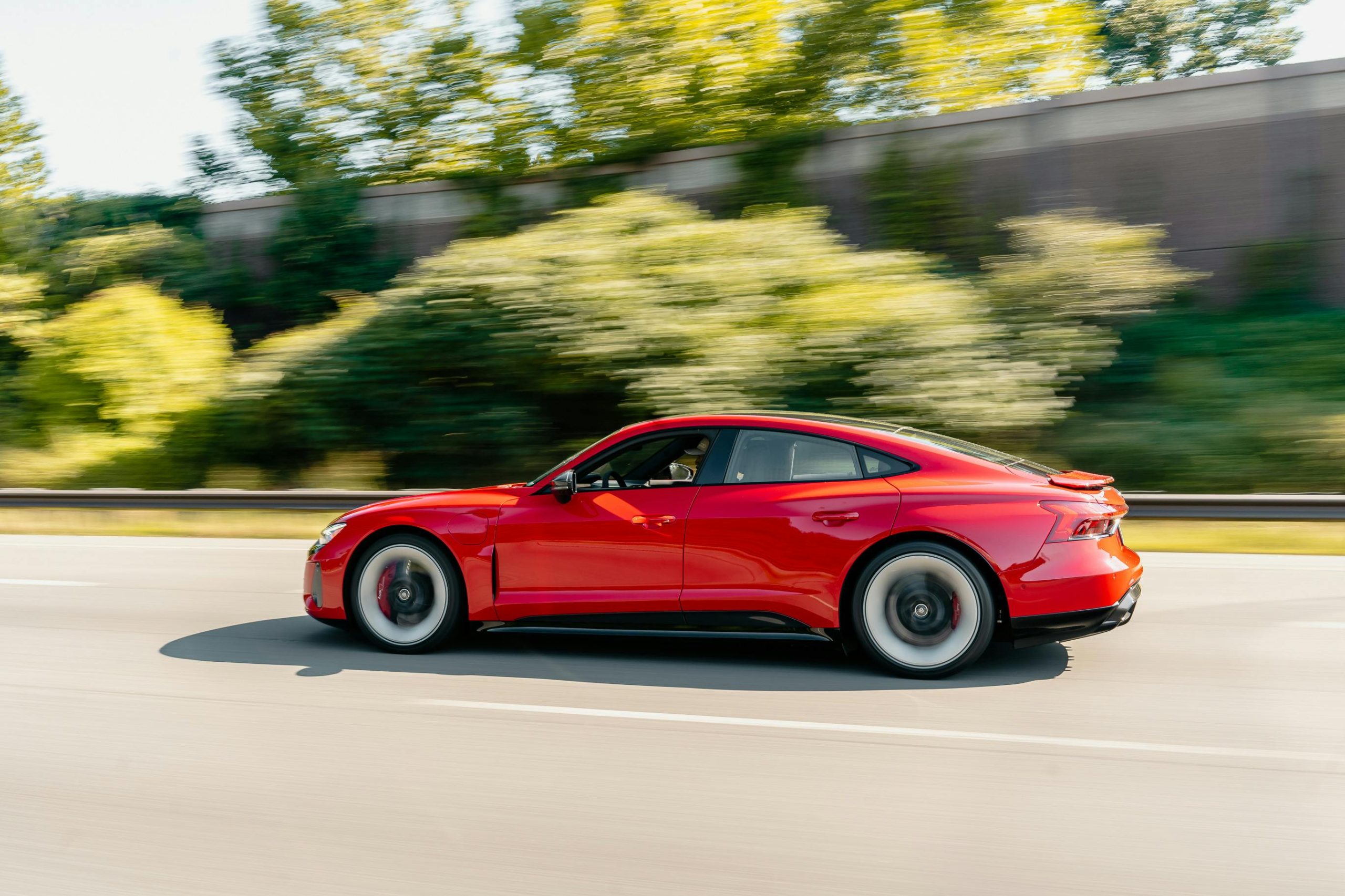The world of transportation is on the brink of a revolutionary change with the advent of Hyperloop technology. Promising speeds exceeding 700 mph, this cutting-edge mode of transport could redefine how people and goods move across cities and countries. Combining magnetic levitation, low-pressure tubes, and renewable energy, Hyperloop offers a sustainable, efficient, and ultra-fast alternative to traditional rail and air travel. As climate change and urbanization demand greener solutions, Hyperloop stands out as a potential game-changer for the future of mobility.
What Is Hyperloop Technology?
Hyperloop is a high-speed transportation system conceptualized by Elon Musk in 2013. The technology involves passenger or cargo pods traveling through a network of near-vacuum tubes, drastically reducing air resistance and friction. These pods are propelled using magnetic levitation (maglev) or electric propulsion, allowing them to glide at unprecedented speeds with minimal energy consumption.
Key Components of Hyperloop
- Low-Pressure Tubes: The tubes maintain a partial vacuum to eliminate air drag, enabling high speeds.
- Magnetic Levitation: Pods float above the track using magnetic fields, reducing friction and wear.
- Electric Propulsion: Linear induction motors accelerate the pods efficiently.
- Solar Power: Many designs incorporate solar panels to make the system energy-neutral.
How Hyperloop Outperforms Traditional Transport
Hyperloop technology offers several advantages over conventional transportation methods like trains, planes, and automobiles. Its speed, efficiency, and sustainability make it a compelling alternative for the future.
Speed and Efficiency
Hyperloop pods can reach speeds of up to 760 mph, significantly faster than high-speed trains (200-300 mph) and even commercial airplanes (500-600 mph). This could reduce travel time between major cities from hours to minutes.
Environmental Benefits
Unlike fossil fuel-dependent planes and cars, Hyperloop systems can run entirely on renewable energy. The reduced energy consumption per passenger makes it one of the most sustainable mass transit options available.
Cost-Effectiveness
While initial infrastructure costs are high, Hyperloop promises lower operational expenses compared to railways and airlines due to minimal maintenance and energy needs.
Challenges and Barriers to Implementation
Despite its potential, Hyperloop technology faces several hurdles before becoming a mainstream reality. Addressing these challenges is critical for widespread adoption.
Technical and Engineering Hurdles
Building a vast network of vacuum-sealed tubes requires advanced materials and engineering precision. Maintaining structural integrity and safety at high speeds remains a significant challenge.
Regulatory and Safety Concerns
Governments and regulatory bodies must establish new safety standards for Hyperloop systems. Emergency protocols for pod evacuations and tube depressurization are still under development.
High Initial Investment
The cost of constructing Hyperloop infrastructure is substantial, requiring significant public and private funding. Securing investment and proving long-term viability are ongoing struggles.
Current Hyperloop Projects Around the World
Several companies and countries are actively developing Hyperloop systems, with pilot projects and feasibility studies underway.
Virgin Hyperloop (USA)
Virgin Hyperloop has conducted successful passenger tests and is working on routes connecting major U.S. cities like Chicago, Columbus, and Pittsburgh.
Hardt Hyperloop (Europe)
Europe’s Hardt Hyperloop is developing a network linking Amsterdam, Paris, and Frankfurt, aiming for operational lines by 2030.
DP World and HyperloopTT (Middle East)
In Dubai, DP World and Hyperloop Transportation Technologies are exploring cargo Hyperloop systems to streamline port logistics.
The Future of Hyperloop: What Lies Ahead?
Hyperloop technology holds immense promise, but its success depends on overcoming current limitations and gaining public and governmental support.
Integration with Smart Cities
Future Hyperloop networks could integrate with smart city infrastructures, offering seamless connectivity with autonomous vehicles and public transit systems.
Expansion to Global Markets
As pilot projects prove successful, Hyperloop could expand to densely populated regions in Asia and Africa, revolutionizing intercity travel.
Advancements in Renewable Energy
With improvements in solar and battery storage, Hyperloop systems could become fully carbon-neutral, aligning with global sustainability goals.
Hyperloop technology represents a bold leap toward the future of transportation. By combining speed, efficiency, and sustainability, it has the potential to transform how we travel while reducing environmental impact. While challenges remain, continued innovation and investment could soon make Hyperloop a cornerstone of modern mobility. As the world seeks greener and faster transit solutions, Hyperloop stands poised to lead the charge into a new era of high-speed transport.
